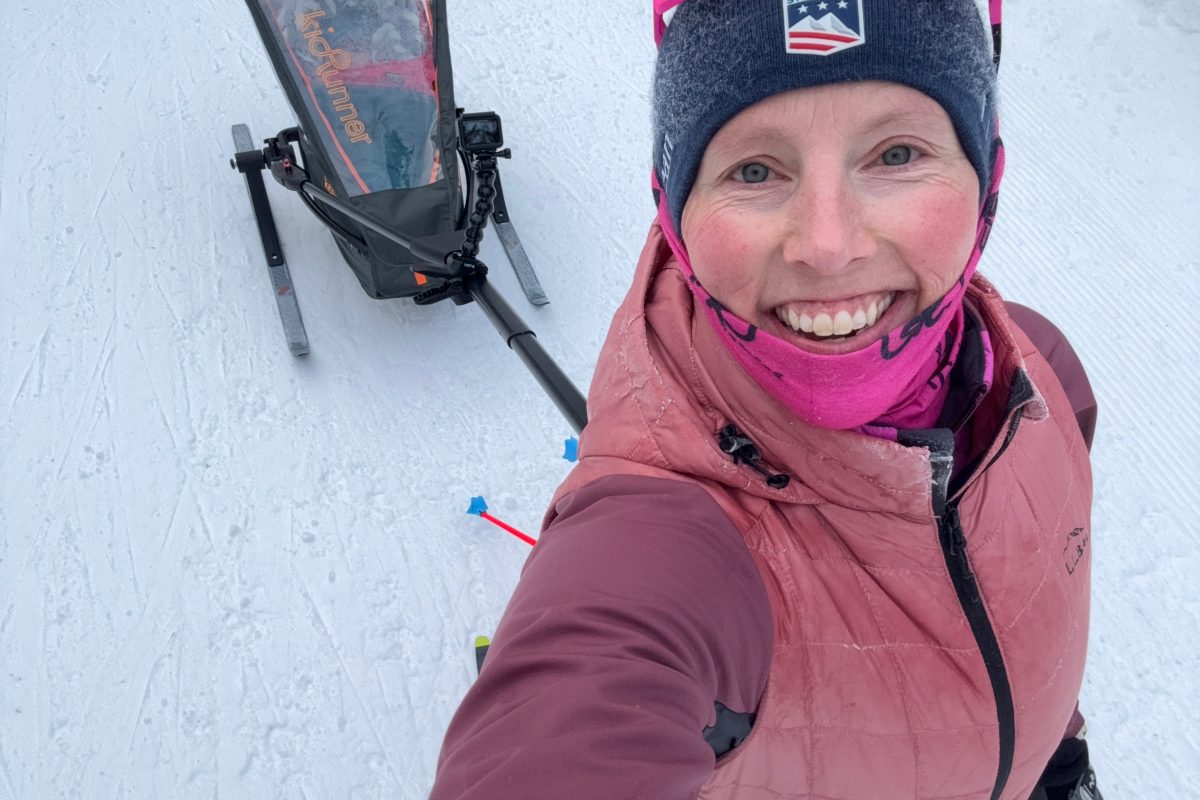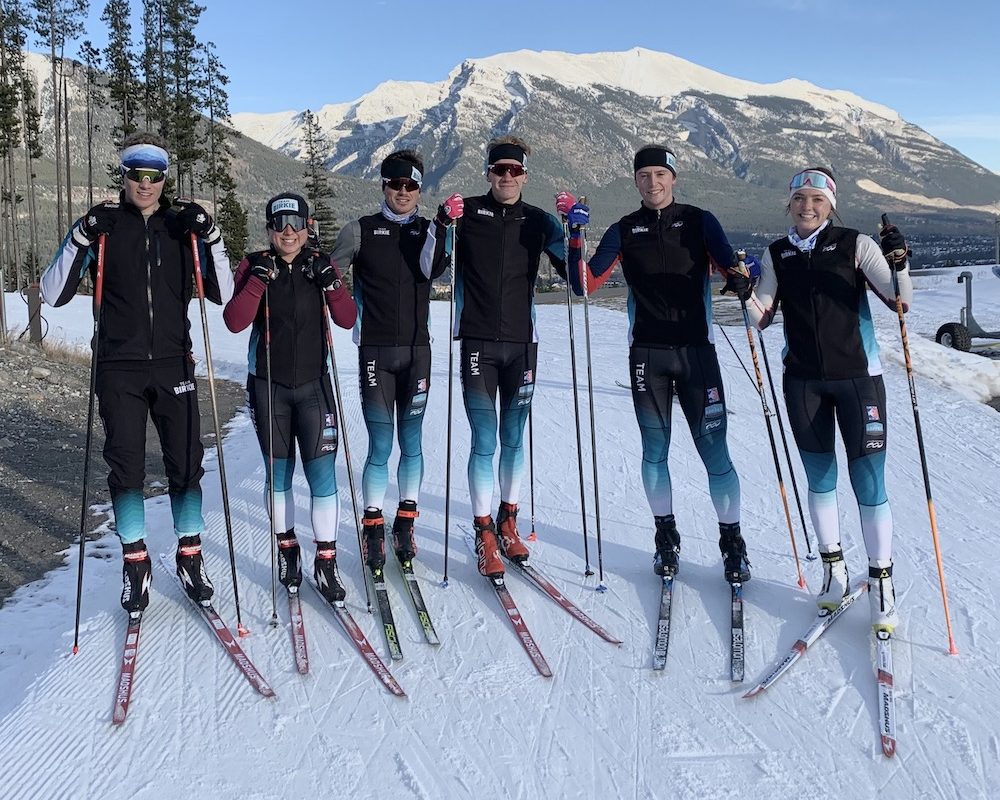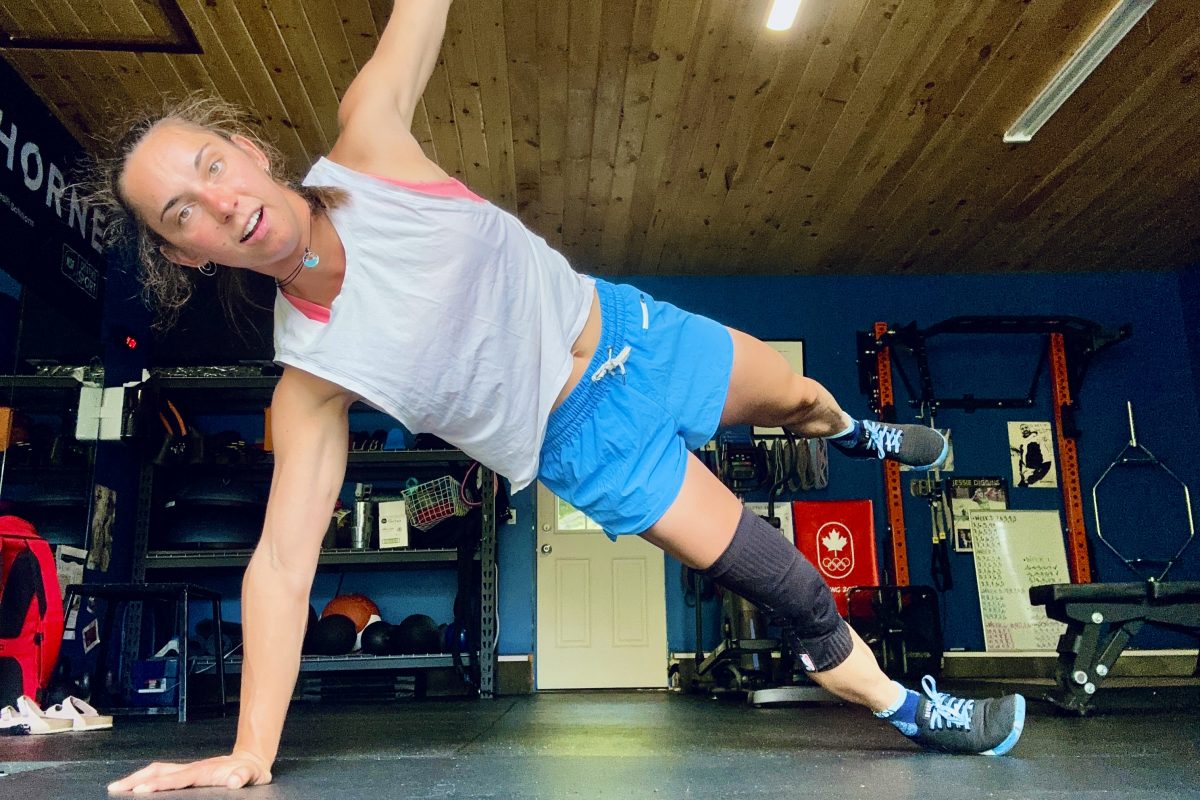Andrew Johnson is a two-time US Olympian, skis for the Fischer/Craft Race Team, and runs a personal coaching business – http://www.xccoachaj.com.
Roller-skiing is by far and away the most important training tool Nordic skiers have at their disposal. However, it’s important to remember that more does not always mean better.
My take on the early summer specificity question is that it’s not necessary and in many cases counter productive to start regular roller-skiing workouts in the spring. There are several reasons for this.
First, after a long season of racing and hopefully at least a few weeks of rest, skiers are at their weakest and worst shape of the year in the spring. It’s very important to remember that what we do as athletes in May and June sets the stage for the rest of the year. Many athletes are not strong enough or fit enough during this time of year to maintain quality training and technique throughout an entire rollerski workout. One of the worst things we can do throughout a year of training is to ingrain poor technique and training habits very early in the preparation period. The poor technique that can be learned in the spring simply because we aren’t fit enough to ski well often lasts for the entire roller-skiing season, and sometimes lasts into the ‘real’ ski season as well. Therefore it’s necessary for most athletes to utilize these couple months to get stronger, fitter, and adequately prepare for roller-skiing.
It’s important to remember how long the roller-ski season is, as well as how long the ski season is. How many times have we had to roller-ski through a snowless November or even December and been thoroughly sick of it? The preparation period is long enough that there is no harm done in postponing very specific training, especially if it’ll make for more enjoyable and productive specific training later in the fall. We spend most of the training year in stress and rest cycles. We train hard and push to the edge before resting, recovering and preparing for the next hard push. I feel that ski specific training should be treated in the same way over the course of a year. Use the spring to rest your skiing muscles a little and prepare for the many months of skiing ahead. The longer you can postpone roller-skiing the less likely you are to develop deep-seeded muscular fatigue that can wreak havoc with your winter results.
So what should we do in the spring? A lot! Run, bike, kayak, swim, hike, run with poles, ski walk, backcountry ski, play golf and go bird watching. Spring and summer is the time to do all the things you like, and pursue the things you’re good at or are interested in trying outside of skiing. A wider variety of activities will make you a stronger, fitter, and more well-rounded athlete. Concentrate on maintaining a high volume of low-intensity activities. Do some intervals on occasion but keep them around threshold for the most part. Hop in the odd race and blow out the carbon. Find a pick-up soccer game and sprint up and down the field as hard as you can (after a little warm-up!)
While it might be a good idea to keep the roller-skis under the bed for a few extra weeks there are still plenty of things you can work on in your daily training that will make you a better roller-skier once you click in. Dryland drills, ski walking, and bounding are ways to keep technique fundamentals fresh throughout the spring. Make sure to keep a healthy dose of upper body work in your training. This will keep you ready for the upper-body demands of skiing. Kayaking and swimming are great, climbing is a fun alternative for some, and running with poles is a simple and productive training tool.
For me a serious and comprehensive core and general strength regime throughout the spring and summer always made finding and maintaining good technique on roller-skis a much easier task. I can’t stress enough how important this is to maximize your ability to adapt and ingrain great ski technique. You can have the arms of Popeye and the strongest legs in the land but without a solid core and the body awareness that comes with practicing quality core workouts you’ll be skiing like Gumby.
Once you do start adding roller-ski workouts to your weekly routine be sure to concentrate on the basics for a few weeks. Lots of skating without poles and double poling with classic poles will both build strength and allow you to work on technique by breaking it down into smaller and more manageable components. While skating without poles be sure that your legs are working symmetrically and that you can skate efficiently while keeping a “quiet†(relaxed and neutral, with little to no side-to-side movement) upper body. Make your weight shift from ski-to-ski quick and complete. Keep your hands up and in front of your chest – this way they can be used as a visual queue to monitor the amount of side-to-side movement in your upper body and I’ve always felt that they help keep the hips forward throughout the entire skate cycle. Allowing arms to mimic a normal skating motion takes the emphasis away from the leg work that you’re trying to perfect and will make it harder to get away from any bad habits you’re trying to fix in the lower body.
Whatever you do, have fun. If roller-skiing is your cat’s meow then get out there and kill it. But understand that there are plenty of good training alternatives this time of year that can help make you a better skier and set the stage for more productive training in the months to come. Let your smart decisions now make you a more successful racer next winter!




